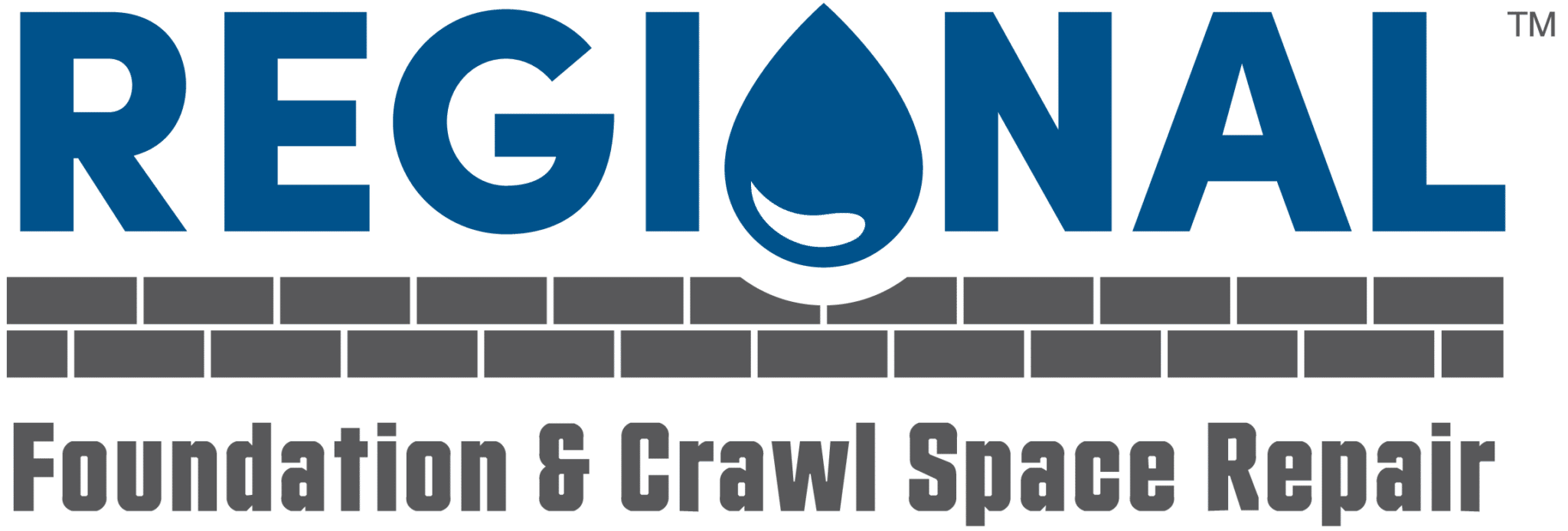A catch basin is a subsurface drainage structure that helps to manage stormwater while also collecting debris. While these structures come in different forms, their main construction and purpose remain the same. Catch basins are concrete chambers of varying sizes that sit below the ground and capture rainwater from either the ground’s surface or a subsurface drainage pipe.
That quick definition gives you an idea of what a catch basin is. However, there is plenty more that you can learn about this topic. For anyone who is interested in learning more about the types of catch basins, their benefits, and some alternatives, read on!
Two Main Types of Catch Basins
As noted in the introduction, the overall shape and size of a catch basin can vary. But with that said, there are two main categories of catch basins that are worth knowing about.
Open System
An open system catch basin includes a grate at the ground level that allows water and debris to flow freely into the chamber below. As you might have guessed, these systems get their name from the fact that they are open to the air above.
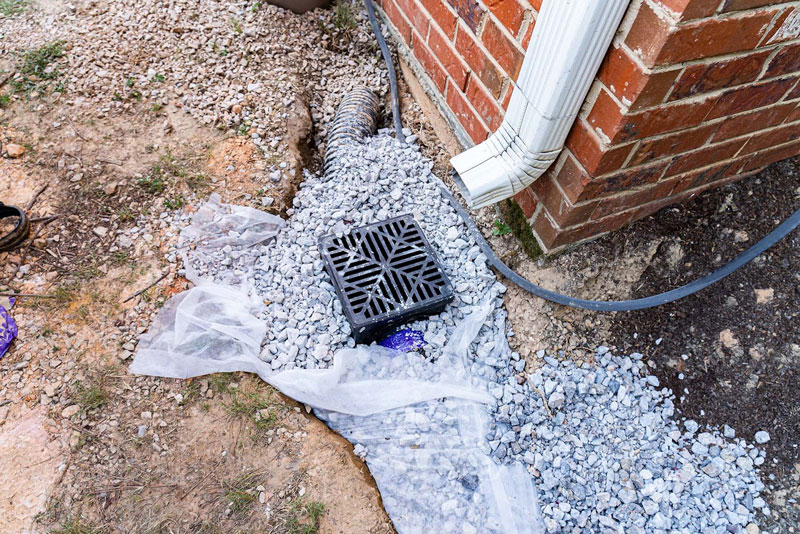
Closed System
In contrast to the open system, there are also closed system catch basins. Rather than having an open grate on top, a closed system will have a solid manhole cover at the ground level. These basins typically collect water from an underground pipe rather than from surface flow. In this scenario, the manhole prevents a lot of water and debris entering from above, while still allowing access for maintenance.
Advantages and Disadvantages of Catch Basins
Catch basins are among the most commonly used stormwater management tools available in the construction industry. As you’ll learn in the sections below, that popularity comes from them having a few specific advantages. Still, catch basins come with some downsides that we’ll discuss as well.
Catch Basin Pros
One of the primary advantages of catch basins is that they are excellent for handling large volumes of stormwater. These subsurface chambers tend to have the capacity for a large volume of water that would otherwise cause puddles or flooding in the absence of a sufficient stormwater management strategy.
This large capacity makes catch basins the perfect option for commercial properties, large residences, or any other landscape that includes a large area where stormwater must be managed to prevent flooding.
The solid construction of these structures leads to another advantage. Because catch basins are made of concrete, metal, and other durable materials, they tend to last a long time.
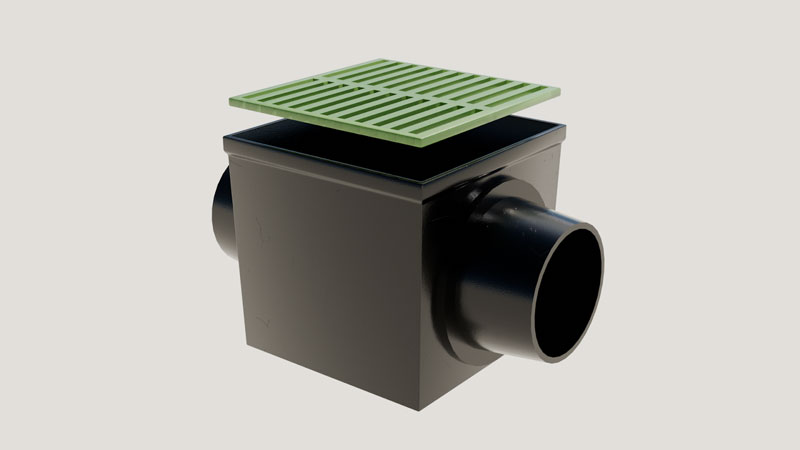
Catch Basin Cons
There is no denying that catch basins are useful for managing stormwater. However, there are also some cons to these drainage structures you should consider.
First, the nature of a catch basin allows for standing water. Although this water will be below ground and out of sight, it can still become stagnant, which may lead to foul odors or create a breeding ground for bacteria, mosquitoes, and more. The debris these basins collect can make that stagnant water even more unpleasant.
Along with that first downside, catch basins can also be quite expensive compared to some other stormwater management tactics. As such, unless you have a property that warrants the use of a catch basin, installing one may not be the wisest investment.
Alternatives to Catch Basins
Now that the pros and cons of catch basins are clear, it’s time to discuss a few stormwater management alternatives. Each of the drainage system options in the sections below comes with distinct pros and cons that you should understand before choosing the one that’s right for you.
French Drain
A French drain is simply a small trench that collects and conveys rainwater away from an area.The gravel-lined trench may or may not contain a perforated drainage pipe.
For a French drain to work well, you need to understand the general paths that stormwater follows as it flows along the ground in your yard. Aligning your French drain to be perpendicular to the direction of the main flow allows the drain to collect large volumes of water. Once water is in the drain, a slight pitch in the pipe allows gravity to carry the water down the pipe and out of your yard.
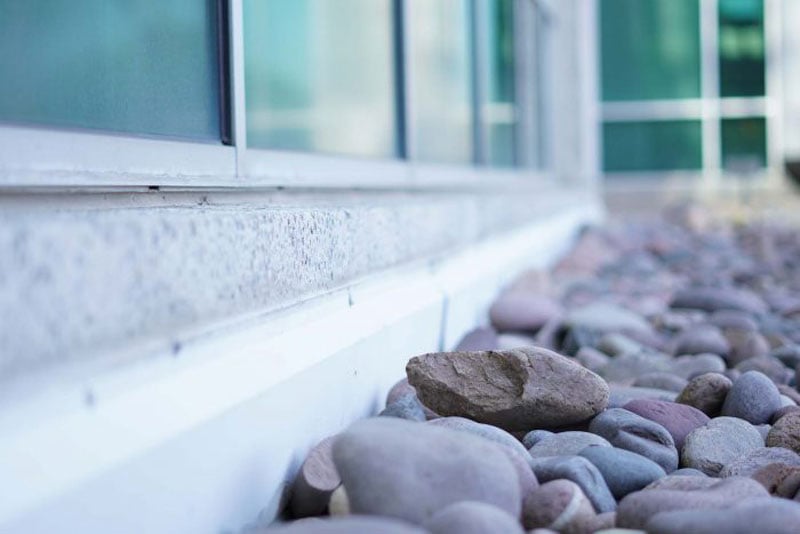
Yard Inlets
Overall, yard inlets are a lot like catch basins, but with a few key differences. Like an open system basin, a yard inlet includes a grate at the ground level that allows water to flow in.
The main difference between an inlet and a basin is their sizes. While basins capture and hold relatively large volumes of water, yard inlets are much smaller, meaning they don’t hold stagnant water.
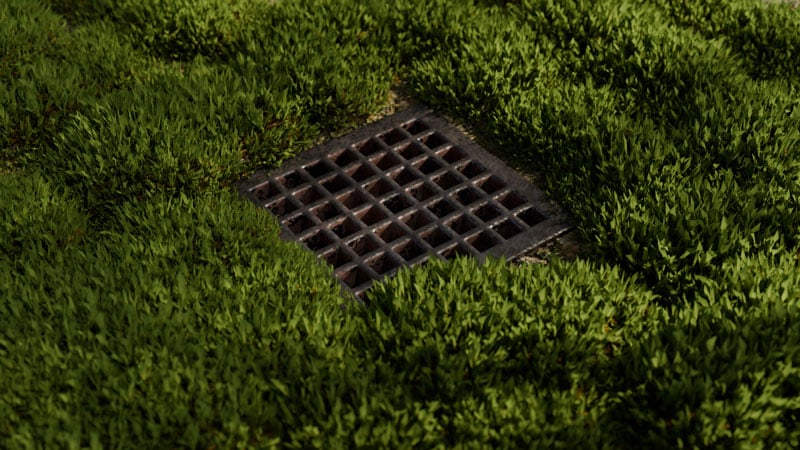
Given this size difference, yard inlets are more suitable for smaller properties, including many typical residential landscapes. Yard inlets also require less maintenance, which is another reason why they are preferable for the average homeowner.
Surface Grading
At times, dealing with stormwater does not require the installation of any significant stormwater structures. Instead, strategically altering the topography of your land via grading can be enough to manage any surface flow on your property effectively.
You can use surface grading to create swales or drainage channels that slowly convey water along the ground surface while also giving it a chance to permeate into the soil below. Additionally, you can use grading to create rain gardens, which are not only an environmental benefit, but can also be quite attractive as well.
How to Know If a Catch Basin Is Right for You
Catch basins are an excellent way to deal with a large amount of water on a property. However, these structures also come with pros and cons you should be aware of before you commit to using them. Likewise, there are plenty of drainage system alternatives for you to consider, too.
If your property lacks a suitable drainage system, there’s a good chance you may experience water-related problems in your foundation. That’s why at Regional Foundation & Crawl Space Repair, we are prepared to help anyone in the Eastern North Carolina area repair their foundation and discover a drainage system that works well for them. If you want to learn more about the services we can provide, reach out for a free estimate today!
